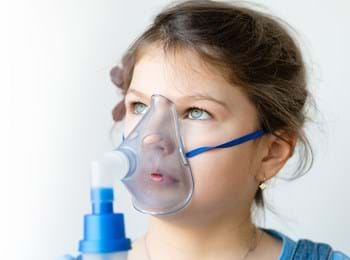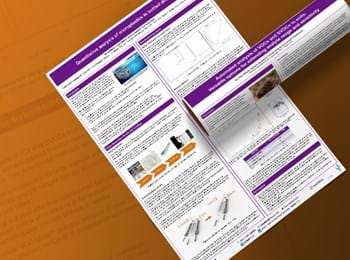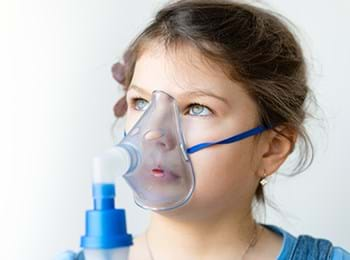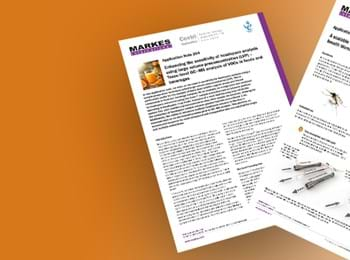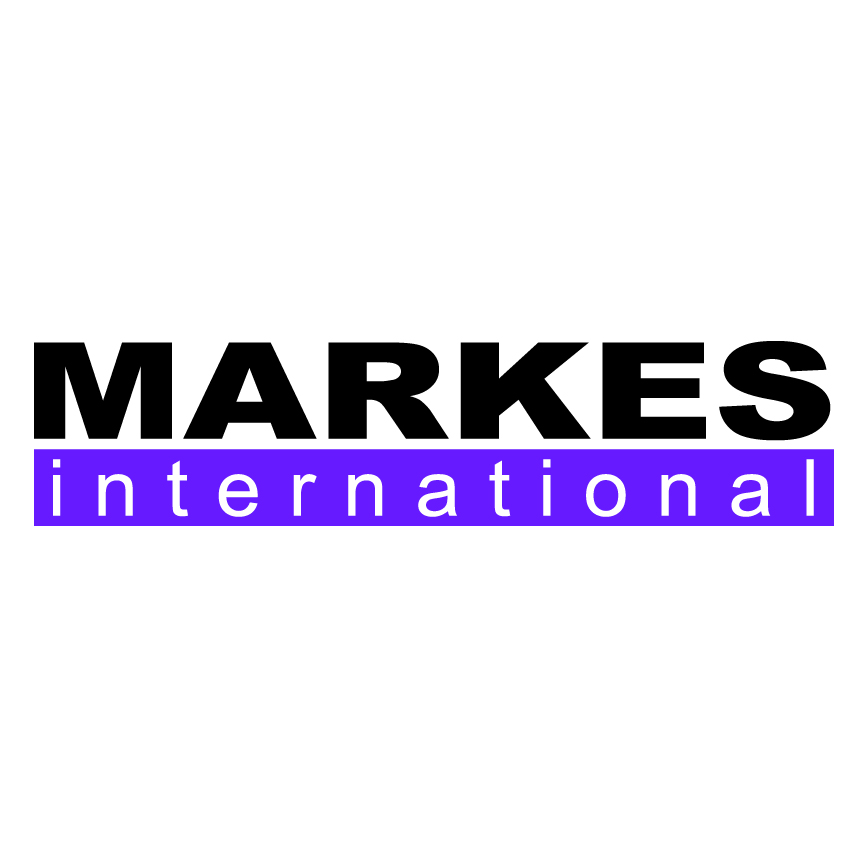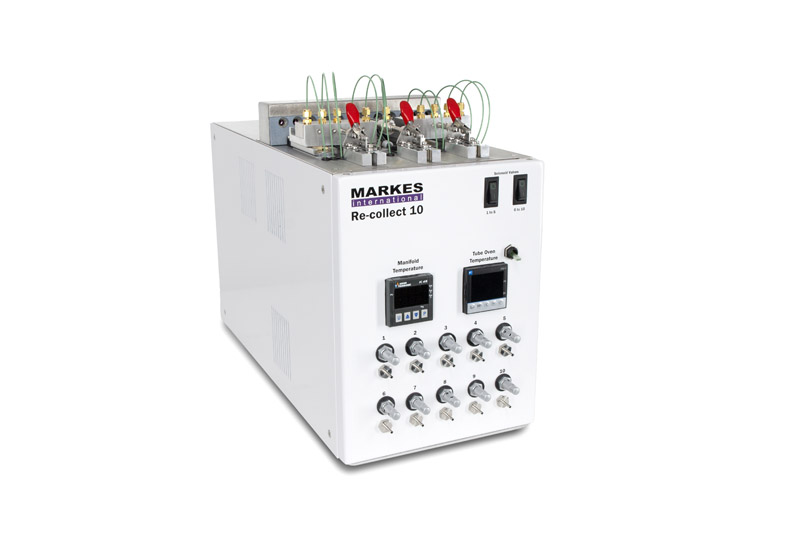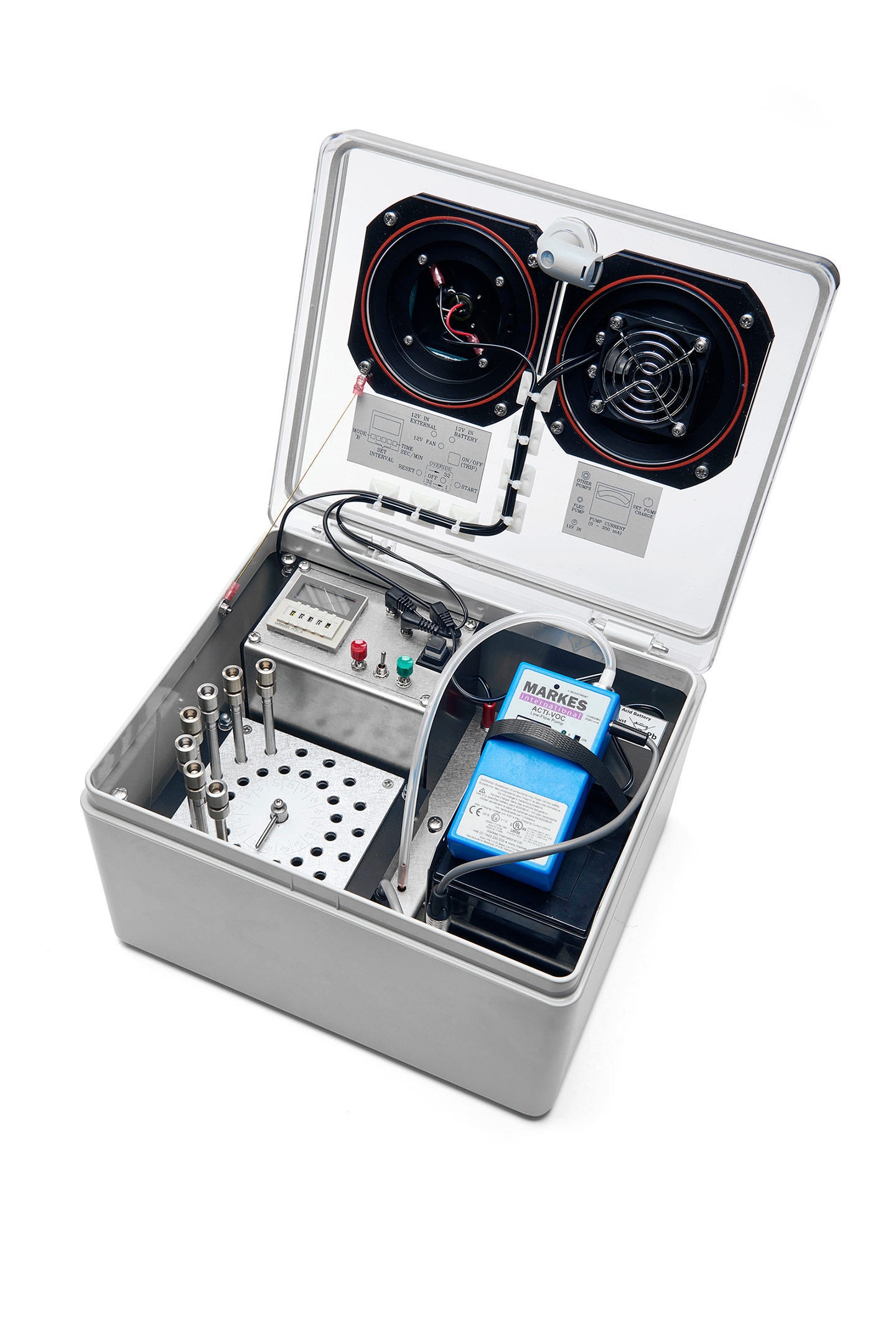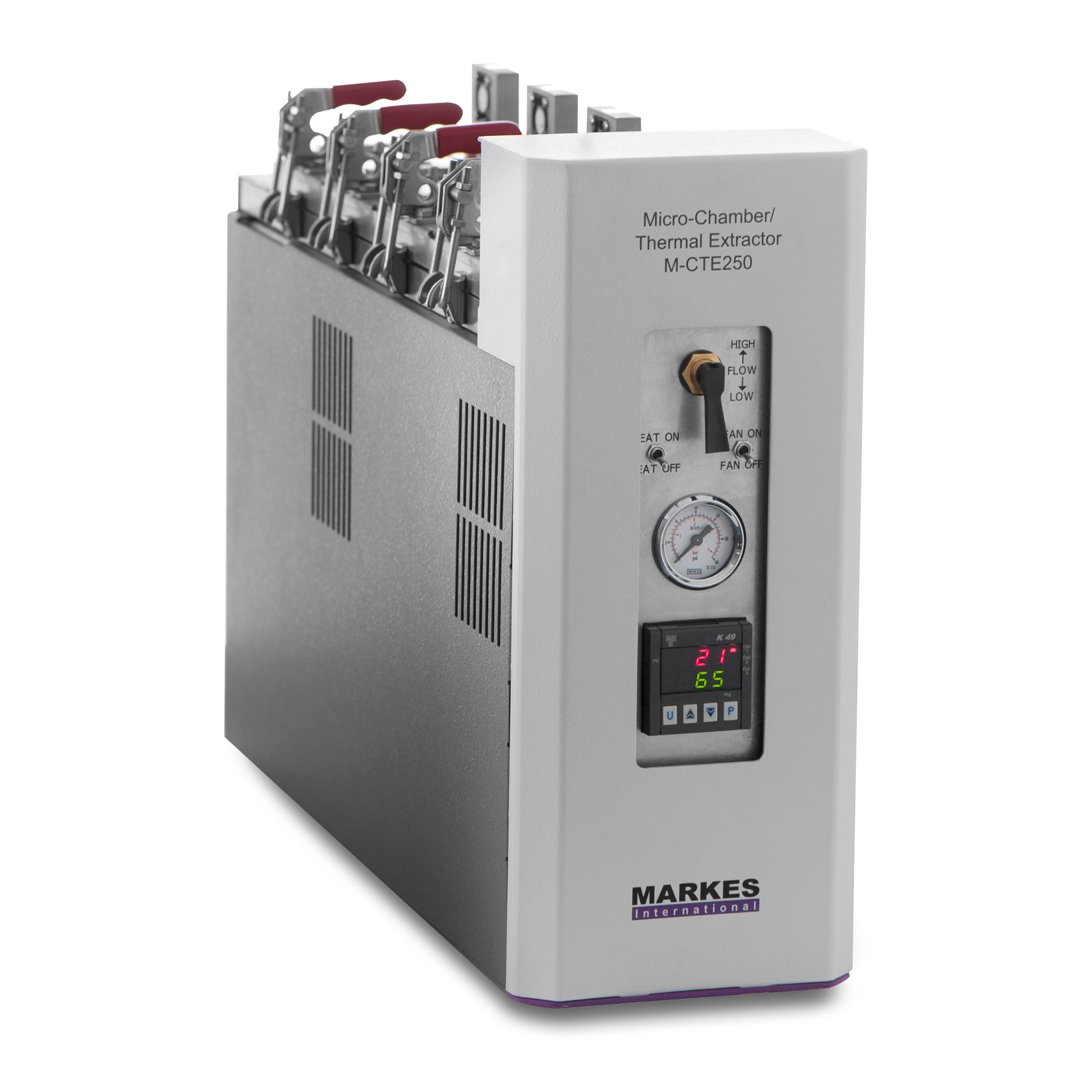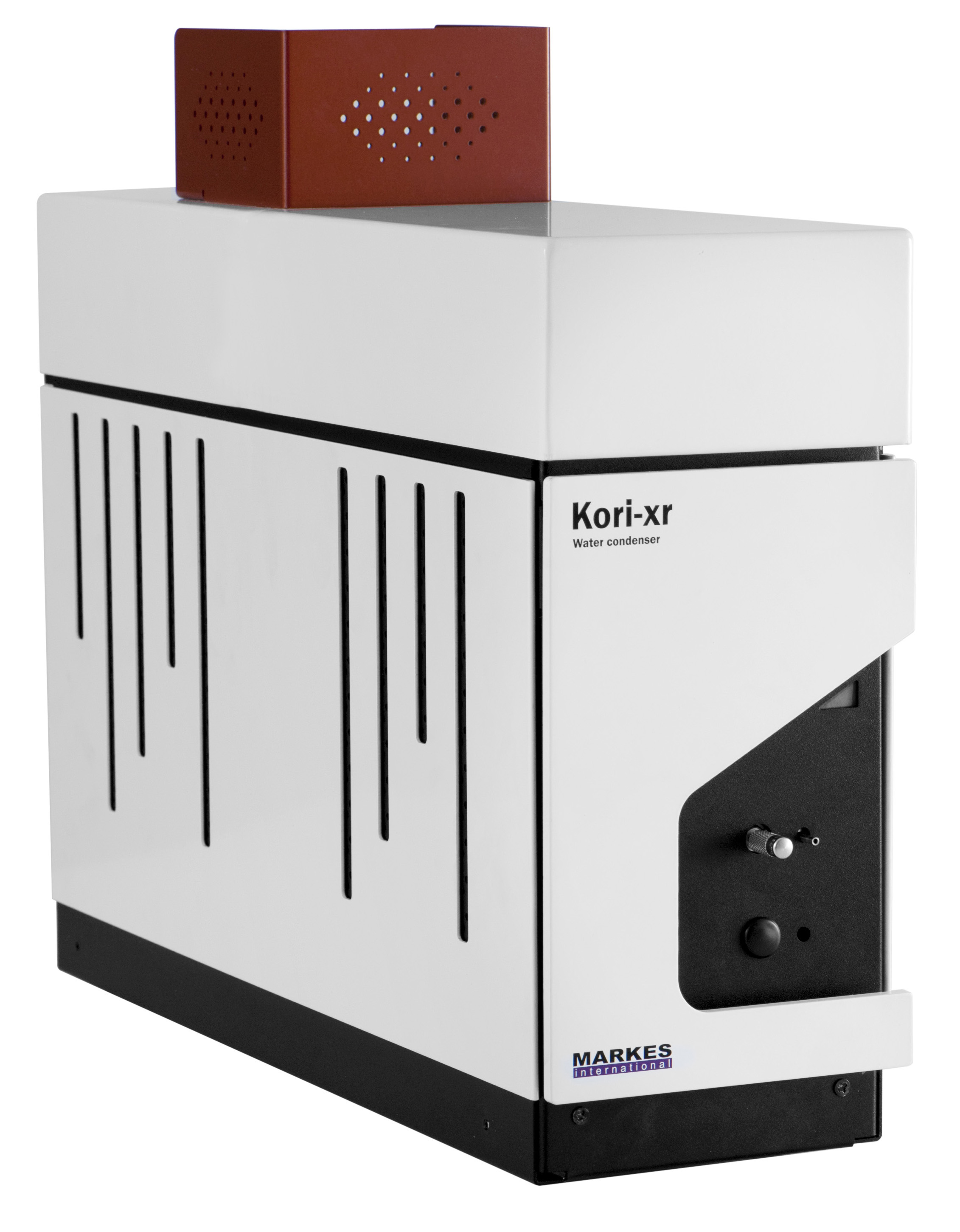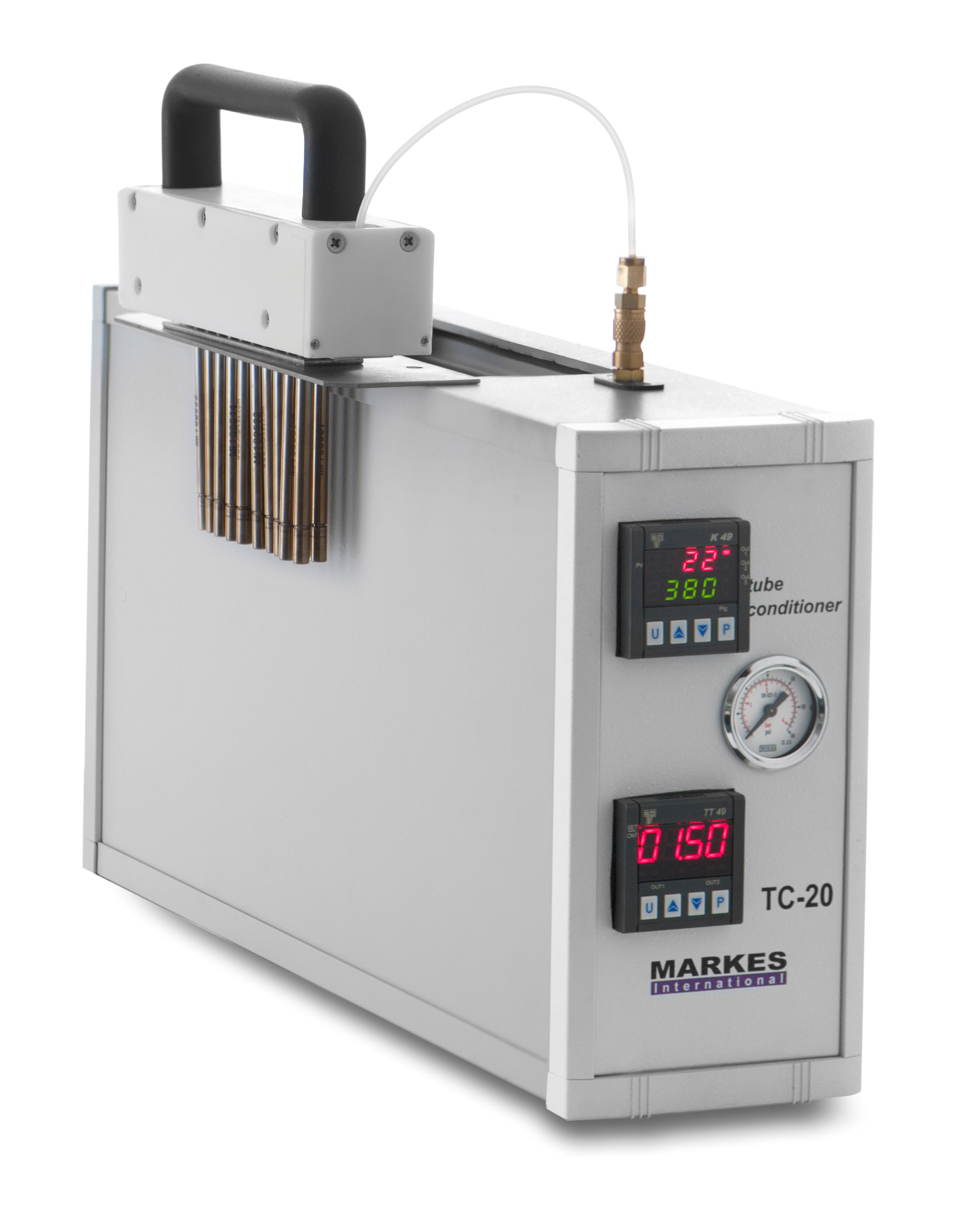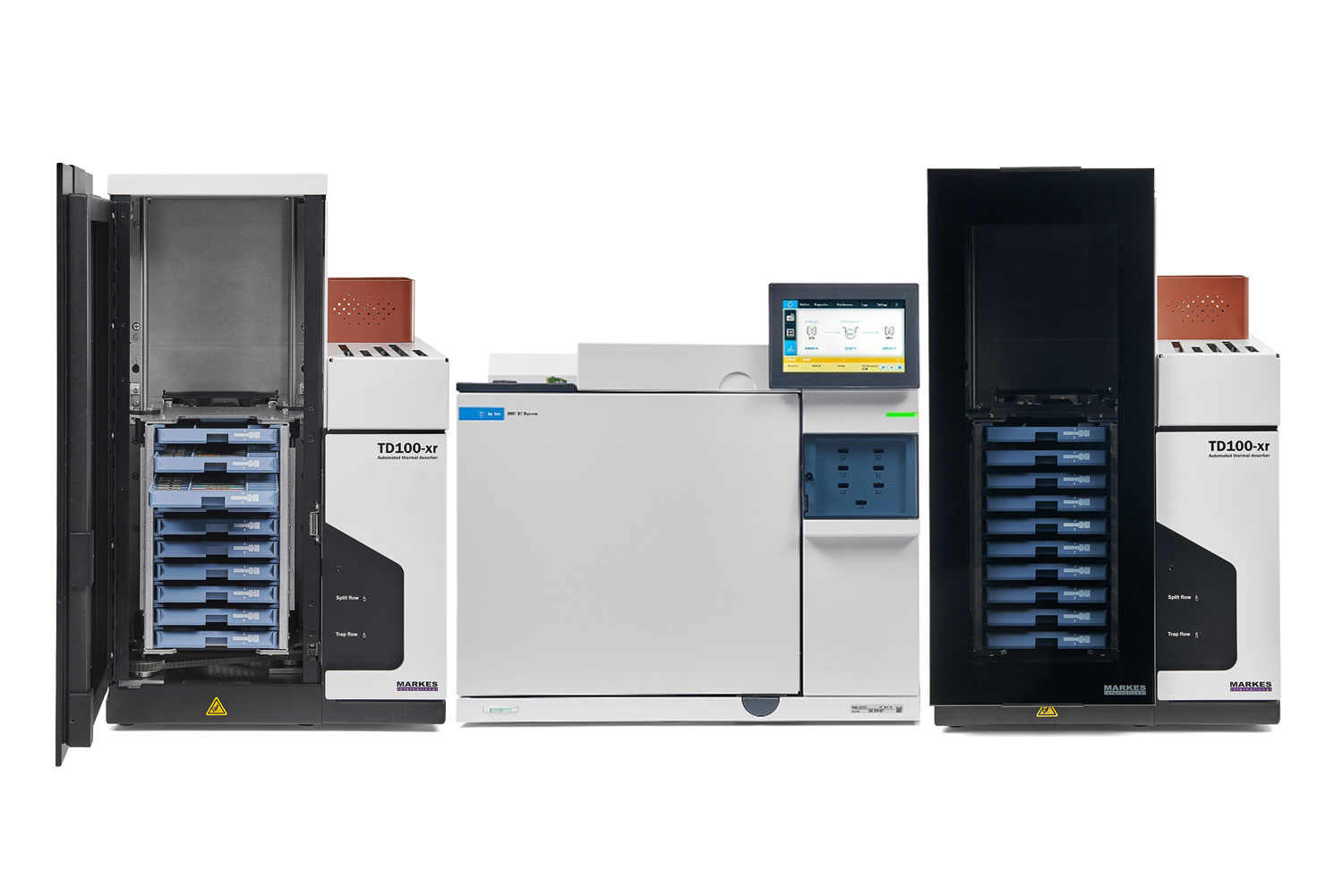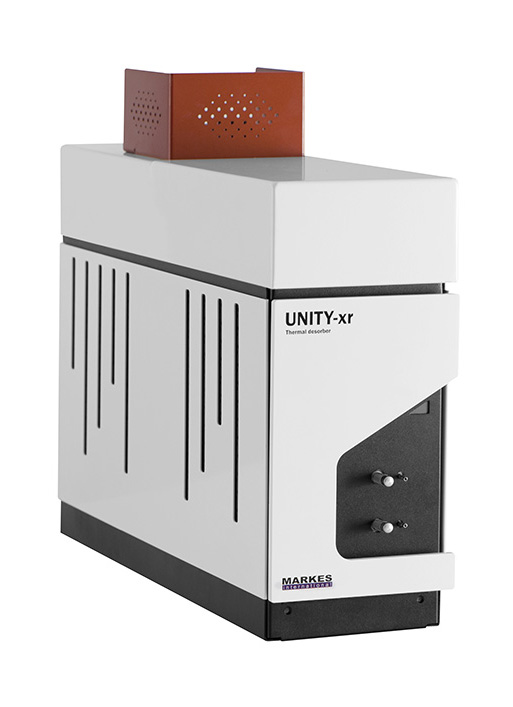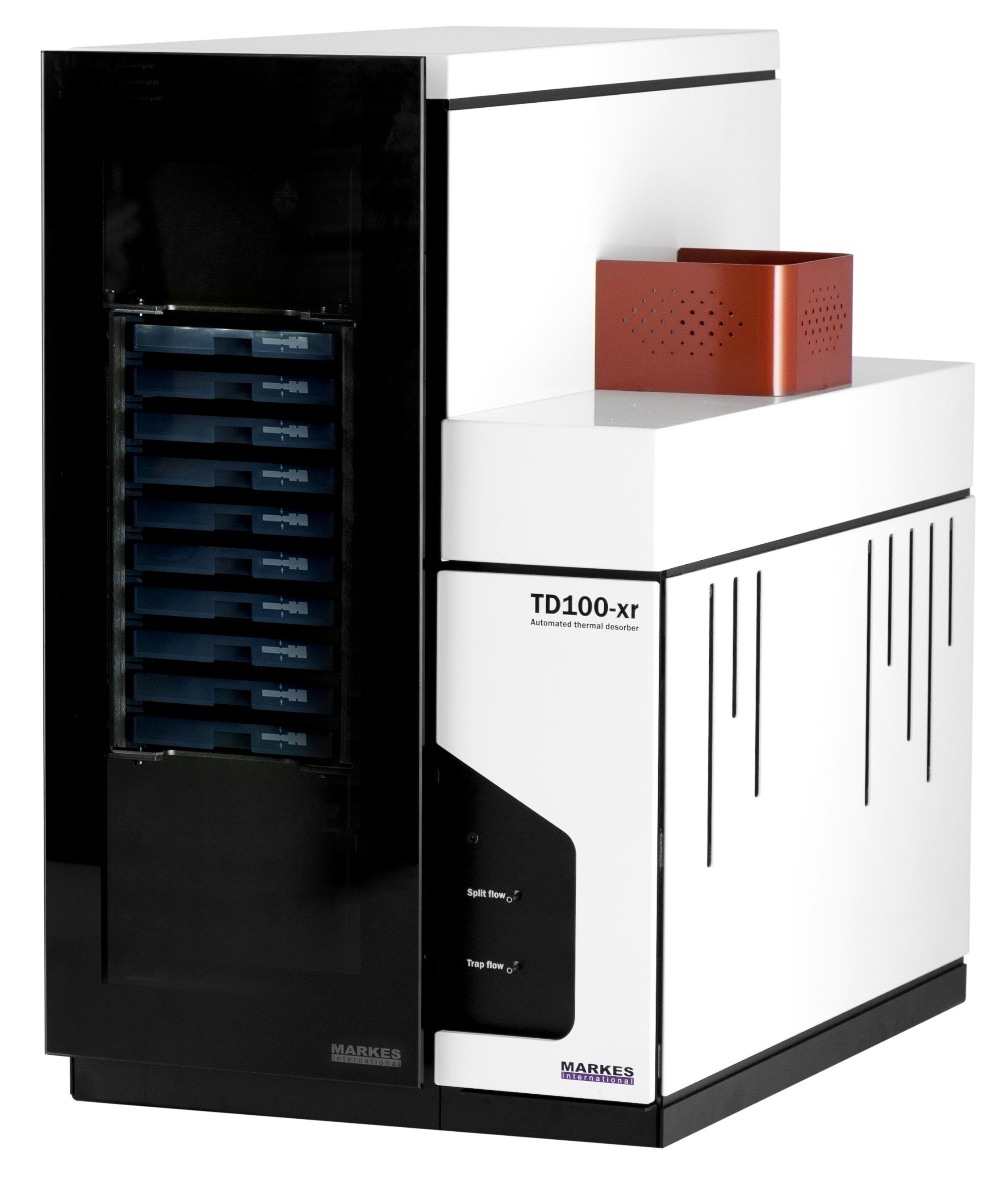Growing awareness of the potential for polymers in respiratory medical devices to release harmful VOCs is driving new regulations that require manufacturers to carry out emissions testing.
Volatiles in the breathing gas pathway
Respiratory medical devices are widely used to deliver air, oxygen or anaesthetics to patients with a variety of short-term and long-term medical conditions.
However, there is now growing awareness that polymeric components used in the gas pathways can release potentially harmful chemicals, which are subsequently inhaled by the user. As a result, there is concern amongst clinicians that medium- to long-term use of these breathing devices could harm patient health.
How are respiratory medical devices assessed?
The concern over patient health is the driving force behind ISO 18562 (released in March 2017), which involves direct measurement of emissions from respiratory medical devices.
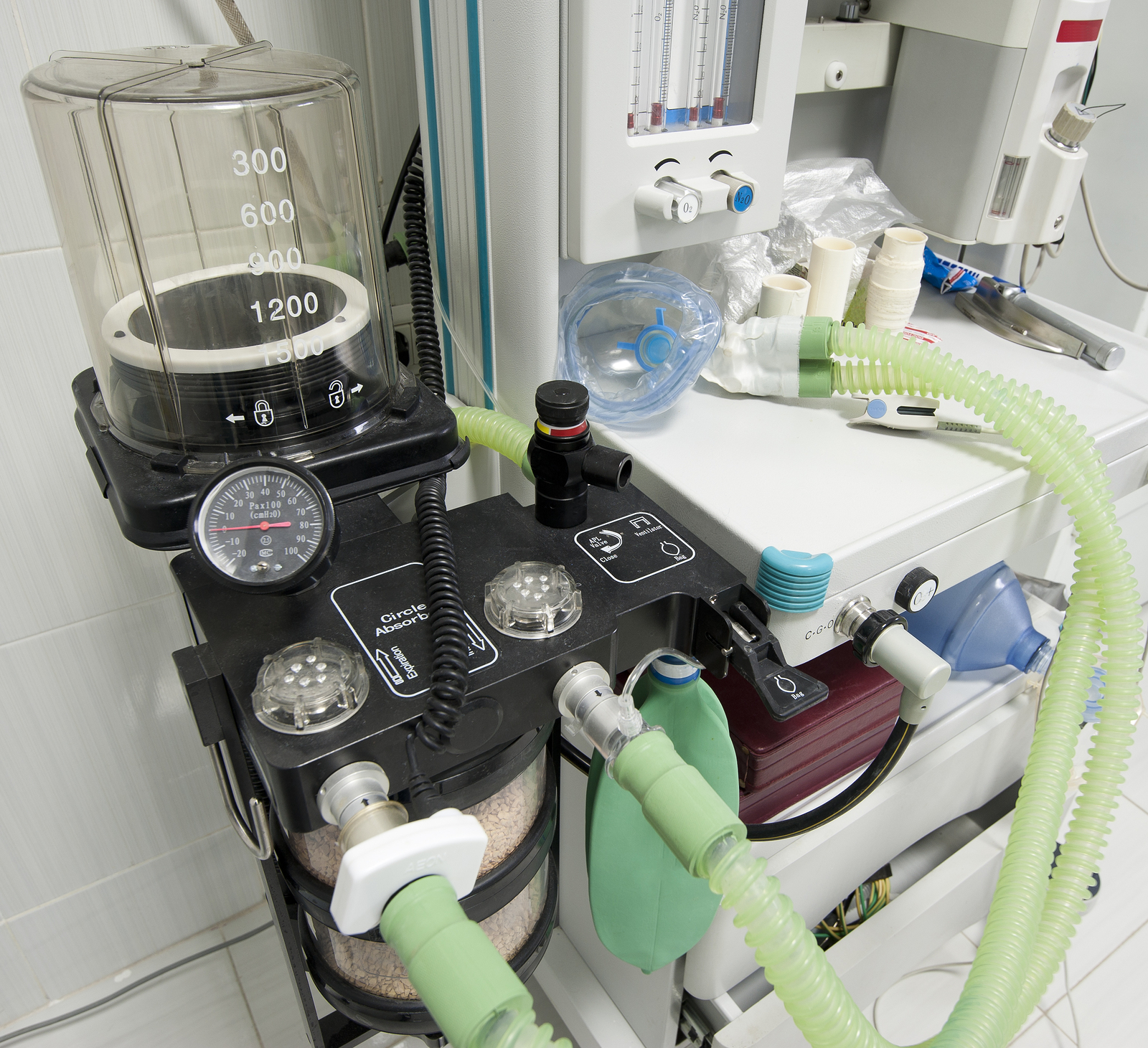
Biocompatibility testing in accordance with the long-established ISO 10993 series now requires the use of ISO 18562 to measure VOC emissions from such devices. Prior to this the testing was partly based on animal implant tests of uncertain scientific value. There are therefore strong scientific and ethical reasons to start using the new standard.
Standard methods used to assess respiratory medical devices
Emissions sampling under ISO 18562-3 can be carried out either using sorbent tubes in accordance with ISO 16000-6, or using canisters in accordance with ASTM D5466. However, we would generally recommend sorbent tubes (ISO 16000-6) for medical device testing, because of their broader analyte range and greater practicality.
Leachables testing under ISO 18562-4 requires the quantitation of VOCs and SVOCs present in the condensate. The method stipulates the use of preconcentration techniques such as sorptive extraction to achieve the required quantitation limits. There are two options for sorptive extraction (SPME and HiSorb). Typically, SPME is used for headspace, whereas HiSorb can be used for headspace and immersive sampling, so allowing quantitation of VOCs and SVOCs in a single run.


